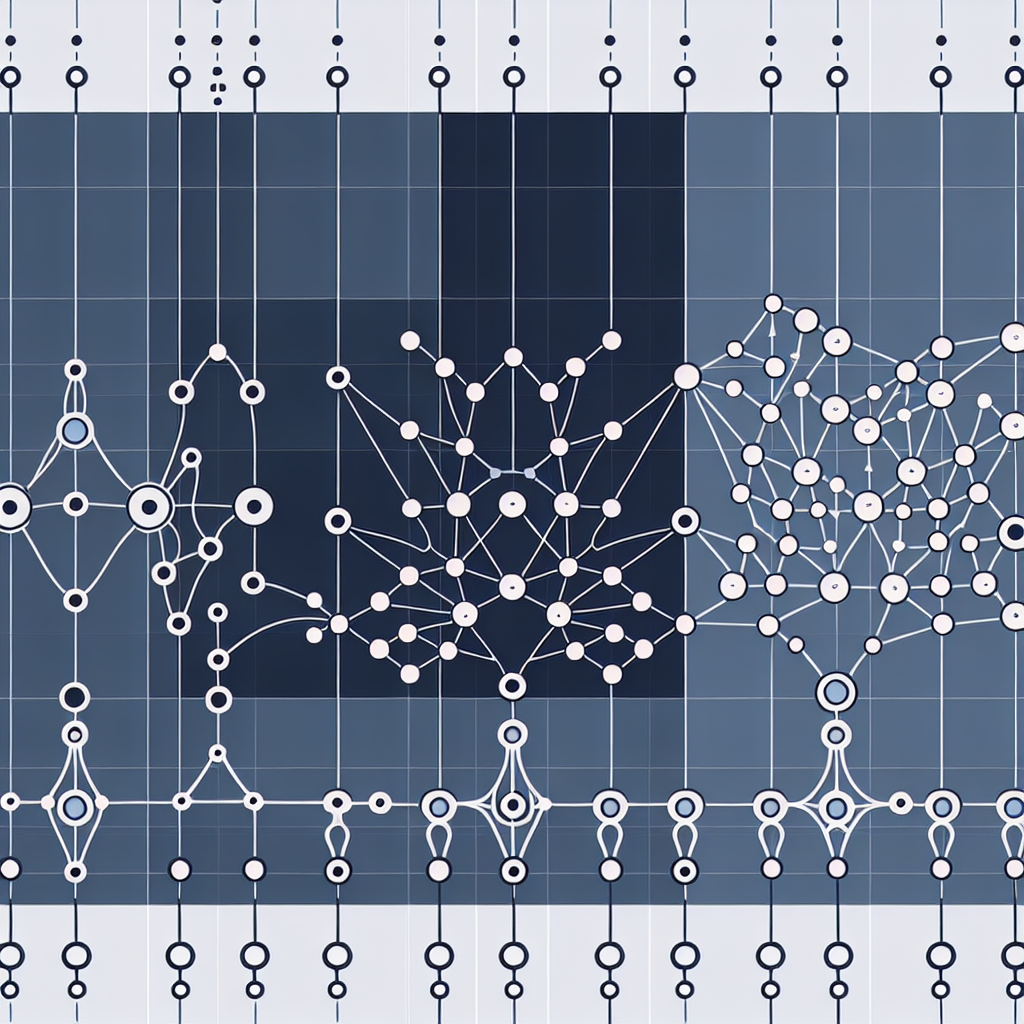Your cart is currently empty!
The Evolution of Deep Neural Networks: From Perceptrons to Today

Deep neural networks have come a long way since their inception, evolving from simple perceptrons to the complex and powerful models we see today. The journey of deep neural networks has been marked by significant advancements in technology, algorithms, and understanding of neural networks.
The concept of neural networks dates back to the 1940s, with the development of the perceptron by Frank Rosenblatt in 1957. The perceptron was a single-layer neural network that could only solve linearly separable problems. While the perceptron was a groundbreaking development in artificial intelligence, its limitations quickly became apparent when it failed to solve more complex problems.
The limitations of the perceptron led to the development of multi-layer neural networks, also known as deep neural networks. The idea of deep neural networks had been around since the 1960s, but it wasn’t until the 1980s that significant progress was made in training deep neural networks. The introduction of backpropagation, a method for training neural networks by adjusting the weights of the connections between neurons, was a key breakthrough that allowed for the training of deep neural networks.
In the 2000s, deep neural networks saw a resurgence in popularity with the development of deep learning algorithms such as convolutional neural networks (CNNs) and recurrent neural networks (RNNs). CNNs revolutionized image recognition tasks by learning hierarchical features from raw pixel data, while RNNs were able to model sequential data such as text and speech.
The introduction of deep learning frameworks such as TensorFlow and PyTorch in the 2010s made it easier for researchers and developers to build and train deep neural networks. These frameworks provided powerful tools for implementing complex neural network architectures and optimizing them for performance.
Today, deep neural networks are used in a wide range of applications, from image and speech recognition to natural language processing and autonomous vehicles. The evolution of deep neural networks has been driven by advances in hardware, algorithms, and data availability, as well as a deeper understanding of neural network architectures and training techniques.
As we look to the future, the evolution of deep neural networks is likely to continue as researchers explore new architectures, algorithms, and applications for these powerful models. With ongoing advancements in technology and research, deep neural networks are poised to revolutionize the field of artificial intelligence and drive innovation in a wide range of industries.
#Evolution #Deep #Neural #Networks #Perceptrons #Today,dnn

Leave a Reply